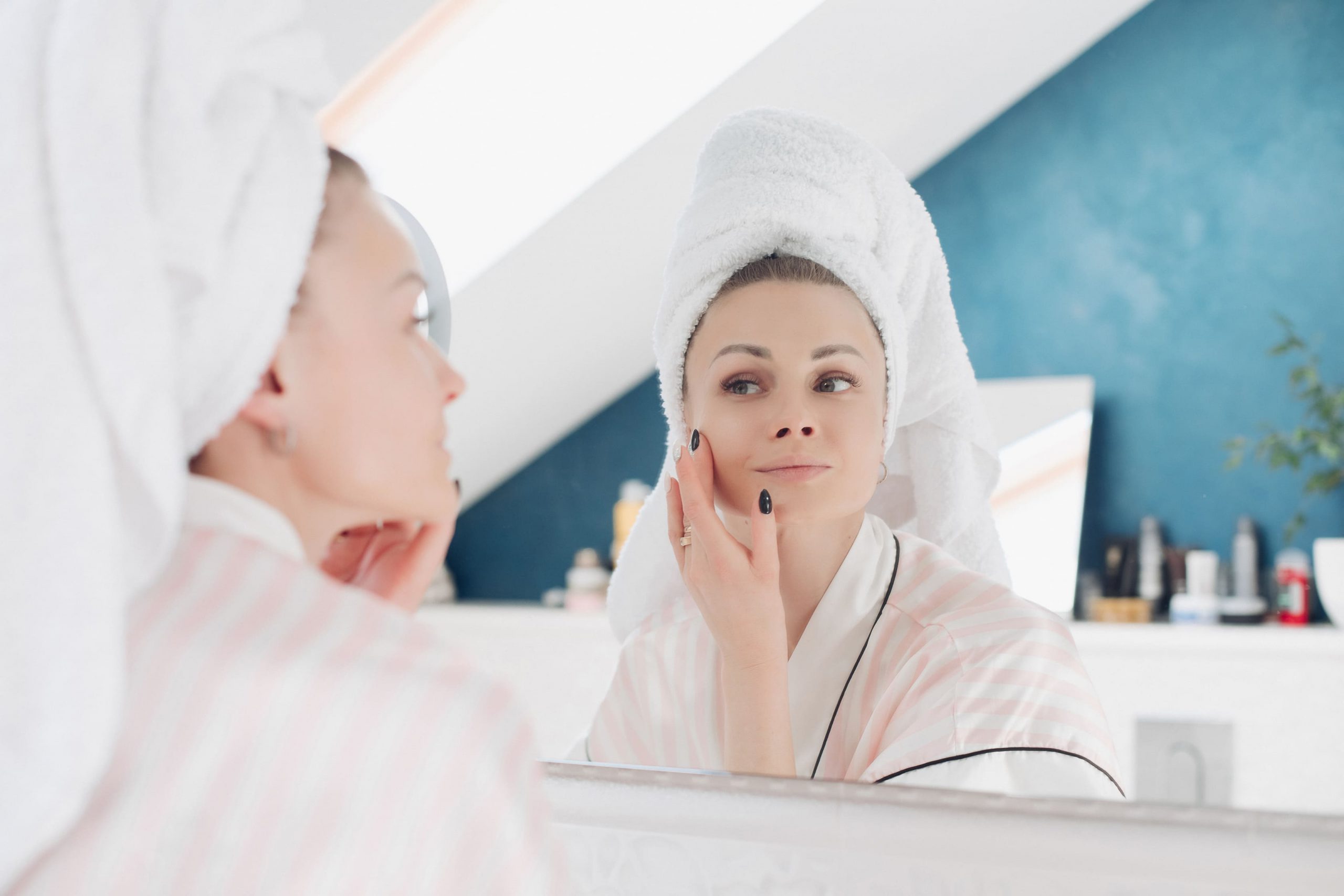There are many indicators of aging, but none of these indicators will change the reality that you age. As skin ages, it becomes thinner and more fragile, which exposes the facial structures underneath it.
Nowadays, there are many anti-aging creams on the market and some of them work really well thanks to active ingredients. The ingredients that have been traditionally found in beauty products, such as vitamins and minerals, have been replaced with more expensive ingredients from plants, such as peptides from wheat germ extract or red algae extract.
What are the causes and signs of aging?
The signs of aging that start to appear on your skin can be attributed to two different kinds of wear. The first type is due to intrinsic aging, which refers to the natural rate at which the body’s cells are renewing themselves, while the other kind is related to exogenous aging, which is simply damage due to external sources.
Aging skin can start to show wrinkles, fine lines, age spots (dark patches usually caused by blemishes), areas of pigmentation changes (e.g., freckles may become darker and more prominent, or the skin tone becomes uneven), laxity or loss of elasticity, sagging skin/loss of firmness, and diffuse redness.

UV exposure and your skin
Not surprisingly, UV exposure (also called ‘photodamage’ or ‘photoaging’) is a major cause of wrinkles and fine lines. Around 90% of the changes we see in aged skin (rough, dry, deeply wrinkled, saggy skin with uneven texture and tone, depigmented white spots called ‘guttate hypomelanosis’ and broken vessels) are caused by the sun!
The ultraviolet rays from the sun can cause direct damage to collagen and lead to premature aging – as well as skin cancer. Smoking also causes this damage, as nicotine alters how your body repairs itself. Stress screws things up as well as stress hormone cortisol that is produced by the body in response to higher levels of stress.
The 5 best anti-wrinkle and anti-aging cream ingredients
Usually, cosmetic anti-wrinkle moisturisers, serums, and eye creams plump the skin with added moisture to reduce the appearance of wrinkles. Which is at best, a temporary fix. Consulting a dermatologist or a telemedicine prescription skin care provider can help you maximise the benefits and efficacy of powerful active ingredients safely.
- Sunscreen
It’s no surprise that the least sexy and inexpensive anti-wrinkle skincare product in Australia is… SUNSCREEN! While it isn’t an ingredient as such, sunscreen protects your skin from the harmful UVA and UVB rays which play a role in premature aging and increase your chances of developing skin cancer. This is why it’s important to wear sunscreen topically or apply it at least 30 minutes before going out into the sun.
A ‘broad-spectrum’ SPF of 30 and above should be part of your daily skincare routine. Even if the weather is overcast, put on your sunscreen – UVA and UVB light cuts through cloud cover, and UBV penetrates water. There is no one sunscreen on the market that can give you total protection, which is why sunglasses, hats, and protective clothing are often necessary when the sun is particularly harsh.
- Prescription retinoids
The best anti-aging products include a prescription retinoid – the only anti-aging ingredient backed by 100% of dermatologists, with scientific evidence that it works to reduce lines and wrinkles, improve sun damage, increase skin cell turnover, and restore collagen production. If pigmented age spots are present, fading ingredients like hydroquinone can also be added to target anti-aging and hyperpigmentation in the same cream.
An overwhelming number of studies show that 0.05% of a prescription retinoid applied daily produces significant reductions in signs of photoaging like fine wrinkles, hyperpigmentation, and roughness when compared to a cream that doesn’t contain a prescription retinoid. These results are after *daily* use. In reality, if you’re a retinoid novice you will likely notice results closer to 6 months than 3 months.
- Niacinamide
Niacinamide (also called Vitamin B3) has anti-inflammatory, skin barrier lipid regulating, sebum-regulating, depigmenting, antimicrobial and photo-protective effects when applied topically. Other helpful benefits of niacinamide are that it helps the skin improve its natural production of skin-strengthening ceramides. When ceramides become depleted over time, skin is left vulnerable to all sorts of problems, from persistent patches of dry, flaky skin to becoming extra-sensitive. Niacinamide is very well tolerated – so well in fact that you will find it in many cosmetic products.
- Vitamin C
One of the most effective ingredients in anti-aging creams is vitamin C. L-Ascorbic Acid or pure vitamin C is a powerful skincare ingredient that is easily absorbed into skin. A dermatologist-recommended ingredient, it is frequently used in anti-aging products to improve radiance and skin texture while diminishing the appearance of fine lines, wrinkles, and crow’s feet. Vitamin C also stimulates collagen production and reverses sun damage and combats free radicals that lead to wrinkles.
- Peptides
Peptides are short chains of amino acids that are the building blocks for essential proteins found in the skin, such as collagen and elastin fibres. They act by signalling cells to produce more collagen when applied topically as a moisturizer or serum.
As we age, collagen production decreases, causing dehydration, loss of skin elasticity and firmness, discoloration, and an overall dull complexion. Incorporating peptides into your skincare routine is a great preventative measure. They can help diminish the appearance of fine lines, strengthen the skin barrier, and lock in hydration. Studies have also found that the antioxidants found in peptides can ease inflammation like acne and redness.
The best anti-aging ingredients for your skin
When you are looking for anti-aging creams or treatments, think about what your main skin concerns are. Some of the most effective ingredients can irritate sensitive skin and being prescribed clinically formulated treatments is the best way to achieve the best results safely, under the guidance of a doctor or dermatologist.

















































